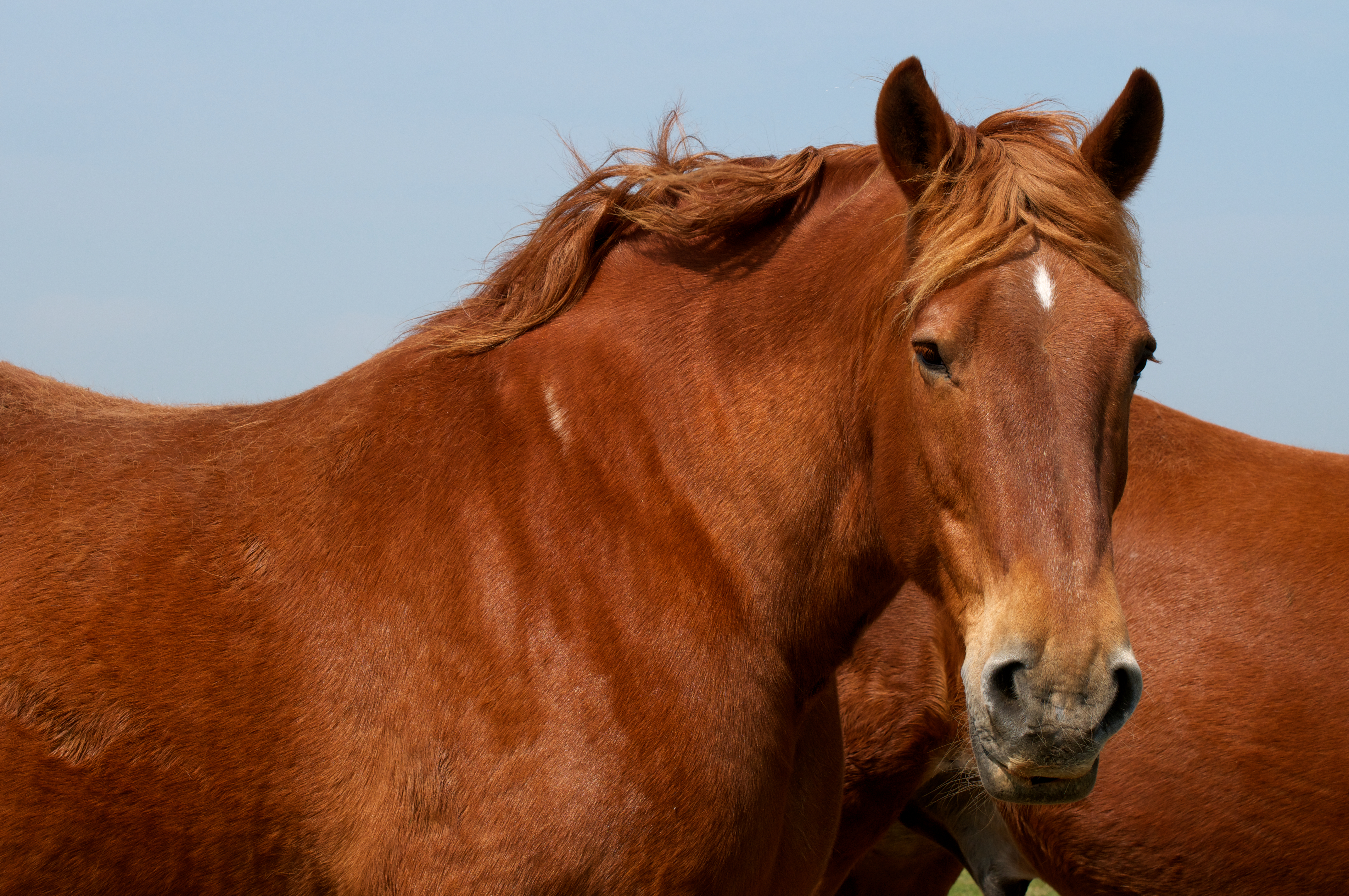Busting myths about mares and coat color
- December 5, 2025
- ⎯ Christine Barakat
“Chestnut mare, beware.” If you’ve ever used this phrase or nodded knowingly in agreement when you heard it, you’ve been perpetrating a scientifically inaccurate and potentially harmful stereotype, according to new research from the University of Sydney.
For the study, researchers asked 1,233 riders to complete a 151-question survey. The Equine Behavior Assessment and Research Questionnaire asked respondents a variety of questions about the behavior of their horses under saddle, in-hand and in general, along with those related to demographics such as sex, age, breed and coat color. “The motivation of the study was to explore whether there is any merit to the common belief that mares have undesirable behavioral traits compared to geldings,” says Anna Sundqvist Aune, who was part of the research team.
Different behaviors

The collected data did suggest that some behaviors were more common among horses of particular genders, but not those that you might expect. For instance, mares were more likely to be difficult to catch, while geldings were more likely to chew on lead ropes when tied.
“We did not expect mares to be harder to catch than geldings,” says Aune, “but this can be explained from an evolutionary point of view. To keep a band together, the stallion exhibits behaviors such as herding, chasing, head-posture threats, and in some instances overt biting. Research suggests that mares that form stable relationships with their band stay with the groups, and tolerate being controlled/directed by the harem stallion. This may help them achieve higher fecundity and greater lifetime reproductive success. Thus, mares may be more accepting of herding by stallions and will move away from these chasing cues, ultimately contributing to their biological fitness through higher reproductive success.”
“In this sense, mares are primed to respond to chasing. Mares moving away when being caught in paddocks may manifest as an analog of the innate tendency to move away when chased, even when that was not the intention of the handler.”
No difference under saddle
On the other hand, the researchers found no difference in other behavioral tendencies between mares and geldings when being ridden. For instance, mares were no more likely than geldings to show aggression toward other horses, nor were they more likely to be aggressive toward handlers when worked in a round pen. The unfounded stereotype that mares are more difficult to handle is more than just unfortunate—it can be detrimental to their welfare, says Aune. “Preconceived ideas about horse behavior and temperament may prompt people to employ harsher training methods to certain horses, based solely on the sex of the horse. This means that a person may employ harsher training methods or punishment with mares, attributing undesirable behavior to the fact she is a mare rather than being the product of learning history, normal social behavior, or underlying conditions/diseases.”
What’s more, says Aune, mares of a particular color are subject to a double dose of prejudice: “Chestnut mares have a particularly poor reputation compared to geldings. There have been studies investigating the significance of color traits in relation to behavior, and the authors found no relation between coat color and behavior.” Nor did this study.
But it’s not just mares who are hurt by stereotypes, says Aune. “We found that geldings are more likely to chew on lead ropes when tied up. Perhaps they play with ropes as a form of exploratory behavior. However, beyond play and [mutual grooming], chewing on objects may be associated with frustration in horses. Given that geldings are considered more reliable, calmer and predictable than mares, it is possible that, as a consequence, geldings are being tie up more frequently than mares and therefore experience more frustration.”
Look for underlying causes
Aune says that all horses can benefit from riders and handlers who consider their behaviors in a sex-neutral way. “Do not blame any undesirable behavior in ridden horses on its sex,” she says. “But look for underlying causes or learn more about normal horse behavior.”
Reference: “Reported behavioral differences between geldings and mares challenge sex-driven stereotypes in ridden equine behavior,” Animals, March 2020
Don’t miss out! With the free weekly EQUUS newsletter, you’ll get the latest horse health information delivered right to your in basket! If you’re not already receiving the EQUUS newsletter, click here to sign up. It’s *free*!





